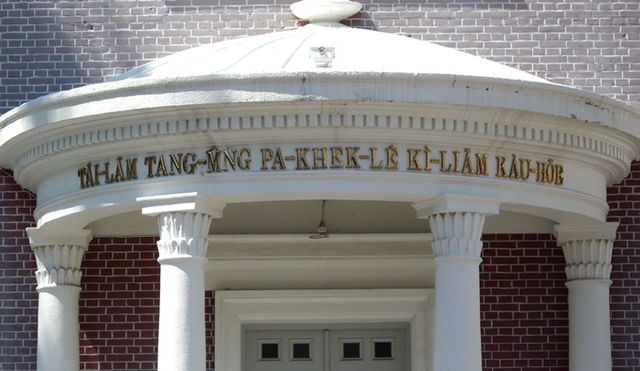The Sinitic languages, often synonymous with the Chinese languages, are a group of East Asian analytic languages that constitute a major branch of the Sino-Tibetan language family. It is frequently proposed that there is a primary split between the Sinitic languages and the rest of the family. This view is rejected by a number of researchers but has found phylogenetic support among others. The Macro-Bai languages, whose classification is difficult, may be an offshoot of Old Chinese and thus Sinitic; otherwise Sinitic is defined only by the many varieties of Chinese unified by a shared historical background, and usage of the term "Sinitic" may reflect the linguistic view that Chinese constitutes a family of distinct languages, rather than variants of a single language.
An example of Hokkien written exclusively in the Latin alphabet.
Traditional Chinese characters
Traditional Chinese characters are a standard set of Chinese character forms used to write Chinese languages. In Taiwan, the set of traditional characters is regulated by the Ministry of Education and standardized in the Standard Form of National Characters. These forms were predominant in written Chinese until the middle of the 20th century, when various countries that use Chinese characters began standardizing simplified sets of characters, often with characters that existed before as well-known variants of the predominant forms.
The east square of Guangzhou railway station in 1991. Traditional characters are prevalent in various brand logos, including 健力宝; 'Jianlibao Group', 飄柔; 'Rejoice', and 广东万家乐; 'Guangdong Macro'. Only 海飞丝; 'Head & Shoulders' is using simplified characters in their wordmark.
Job announcement in a Filipino Chinese daily newspaper written in traditional Chinese characters



